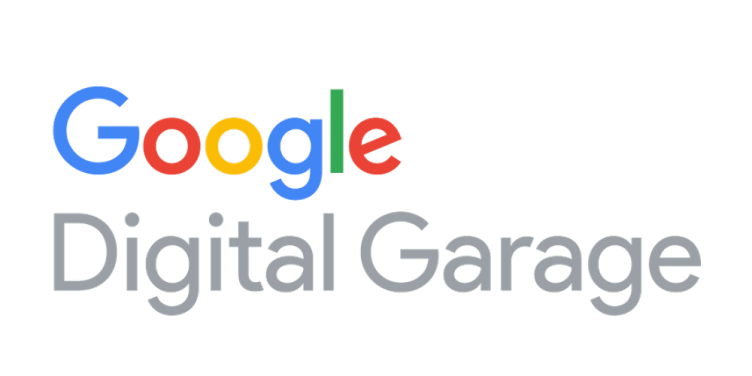
Job Title Product Owner
Division Product
Department Acceleration - Product Management
Reports to Product Manager
1. PRIMARY PURPOSE
- Play a pivotal role in driving the development of our products from concept to market release. Work closely with crossfunctional teams, including development, design, and marketing, to ensure the successful delivery of high-quality products that meet customer needs and business objectives.
2. DUTIES & RESPONSIBILITIES
01. Define and communicate the product vision, roadmap, and strategy.
02. Collaborate with senior management to align product goals with the overall business strategy.
03. Ensure that the product backlog is well-defined, up-to-date, and aligned with business objectives.
04. Lead requirement gathering efforts, working closely with stakeholders to define, prioritize, and document product requirements, user stories, and acceptance criteria.
05. Foster collaboration between development, design, marketing, and other teams to ensure the successful execution of product plans.
06. Act as a bridge between technical and non-technical teams to facilitate understanding and alignment.
07. Advocate for exceptional user experiences by working closely with design teams.
08. Stay informed about industry trends, competitor products, and customer feedback to inform product decisions.
09. Define release scope and priorities based on customer needs and business goals.
10. Coordinate with development teams to ensure successful and timely product releases.
11. Collaborate with QA teams to validate that product features meet the defined acceptance criteria and quality standards.
12. Monitor post-release feedback and iterate on product improvements.
13. Communicate project status, updates, and priorities to relevant stakeholders, including team members and senior management.
14. Manage and set expectations with stakeholders, keeping them informed and engaged throughout the product development cycle.
15. Define and monitor key performance indicators (KPIs) to assess product success and make data-driven decisions.
16. Use data analytics to identify opportunities for product optimization and enhancement.
17. Takes Health, Safety & Environment (HSE) lead in ensuring “safe systems of work” and “safe conditions” are in place within area of responsibility.
18. Performs other similar or related duties as required or assigned by management.
3. QUALIFICATIONS & EXPERIENCE
A. Educational Requirements / Qualifications:
Bachelor's degree in business, computer science, or a related field. Master's degree is a plus.
B Experience:
3-5 years of relevant experience.
Proven experience as a Product Owner or Product Manager, preferably in a senior role.
Strong analytical and problem-solving skills.
C. SKILLS & COMPETENCIES
- Excellent communication, leadership, and interpersonal skills.
- Deep understanding of Agile development methodologies (e.g., Scrum, Kanban)
- Proficiency in product management tools and software.
- Experience with software development processes and technologies.
- Proactive attitude and ability to thrive in a dynamic, fast-paced environment.
- Strong organizational skills and attention to detail.
- Strong oral and written communication.
D. KPI’s
- Vision Clarity: Ensure that the product vision is clearly defined and understood by the development team and stakeholders.
- Alignment with Business Strategy: Measure the degree of alignment between the product roadmap and the organization's business objectives.
- Requirement Quality: Monitor the quality and completeness of product requirements, user stories, and acceptance criteria.
- Requirement Changes: Track the number of requirement changes or additions after initial grooming and the impact on project timelines.
- Backlog Health: Assess the health of the product backlog, including its size, prioritization, and alignment with customer needs.
- Backlog Grooming Efficiency: Measure the efficiency and effectiveness of backlog grooming sessions.
- Team Collaboration: Evaluate collaboration and communication within cross-functional teams, including development, design, and marketing.
- Stakeholder Engagement: Measure the engagement and satisfaction of stakeholders involved in the product development process.
- UX Improvements: Track the number of usability enhancements implemented based on user feedback.
- User Satisfaction: Gather user feedback and measure satisfaction with product features and improvements.
- Release Success Rate: Measure the successful delivery of planned features or product increments without major issues or delays.
- Release Frequency: Track the frequency of product releases and the ability to meet release deadlines.
- KPI Monitoring: Define and track relevant product KPIs, such as user engagement, conversion rates, and customer retention.
- Data-Driven Decisions: Assess the use of data analytics to inform product decisions and optimizations.
- Competitor Analysis: Evaluate the regularity and impact of competitor analysis on product decisions.
- Market Feedback Utilization: Measure how customer feedback and market research influence product improvements.
- Innovation Initiatives: Monitor the introduction of innovative features or improvements to the product.
- Process Improvements: Assess contributions to process improvements in product management and development.
- Effective Communication: Evaluate the effectiveness of communication with stakeholders at all levels, including executives.
- Net Promoter Score (NPS): Measure customer satisfaction and loyalty, especially for products with external customers.
- Revenue Growth: Track the impact of product decisions on revenue growth, profitability, or cost reduction.
- Team Satisfaction: Measure the satisfaction and performance of the product development team.
- Mentorship and Coaching: Assess the ability to mentor and coach junior product owners or team members.
شارك المدونة مع الأصدقاء
المزيد من الفرص

دعم الشركات الناشئة والفرق التقنية الفلسطينية
تصفح الفرص






